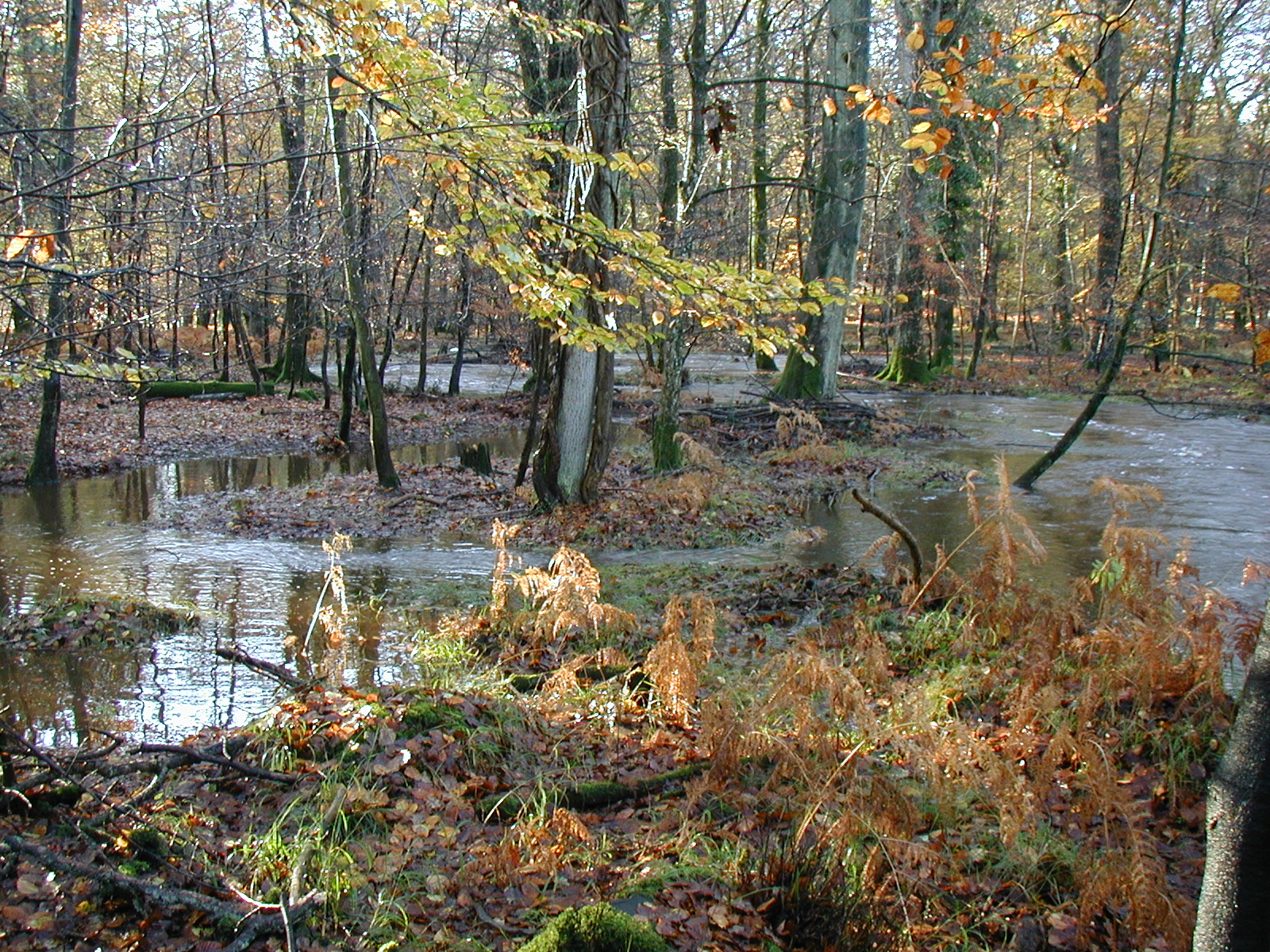Background
Forests are recognised to reduce flood flows, although the issue is complex and continues to be explored. While the processes of how trees affect the generation and conveyance of flood waters are understood, there remains a lack of monitoring data to quantify effects at the catchment scale (click here to visit the WWNP evidence base webpage). This means that we continue to largely rely on modelling studies to estimate impacts. Valuing natural capital is difficult and the contribution that forest cover makes to downstream flood alleviation complex to estimate given the multiple factors and associated uncertainties involved. Previous work has provided estimates for specific sites, but these are few and leave the much greater challenge of upscaling results to a region or country level. In principle, process data and models are available to support a larger scale assessment, but the challenge is constraining this potentially huge task within available resources and a sensible time scale.
Objective
To estimate the value of the flood regulation service provided by existing forest cover on a country basis to inform national capital accounts. It focuses on upstream catchments draining to communities at risk of fluvial flooding and builds on our theoretical understanding of the different ways that trees can affect flood runoff. This project adopts a simple approach for valuing the flood regulation service provided by existing forest cover in Great Britain. The method is heavily caveated but improves on previous estimates. Managed grassland is selected as the counterfactual land cover. A mix of modelling and expert judgement was used to develop a range of values for the flood regulation service provided by the public and private woodland estates within England, Scotland and Wales.
Approach
This study uses the Joint UK Land Environment Simulator (JULES) model and expert judgement from floodplain modelling to estimate the additional volume of flood water potentially lost by woodland water use or retained by hydraulic roughness of floodplain woodland for existing GB woodland, compared to an alternative cover of short grass. Calculated volumes are considered to be equivalent to effective flood water storage that would have to be provided if the woodland cover was absent. The value of this woodland flood water storage was estimated based on the average cost per m3 for providing the same volume by constructing a flood storage reservoir. An average cost was obtained from seven reservoir storage schemes and used to estimate the replacement cost of flood storage provided by existing woodland by country and for the public and private woodland estate.

